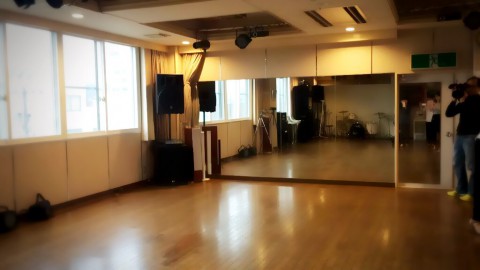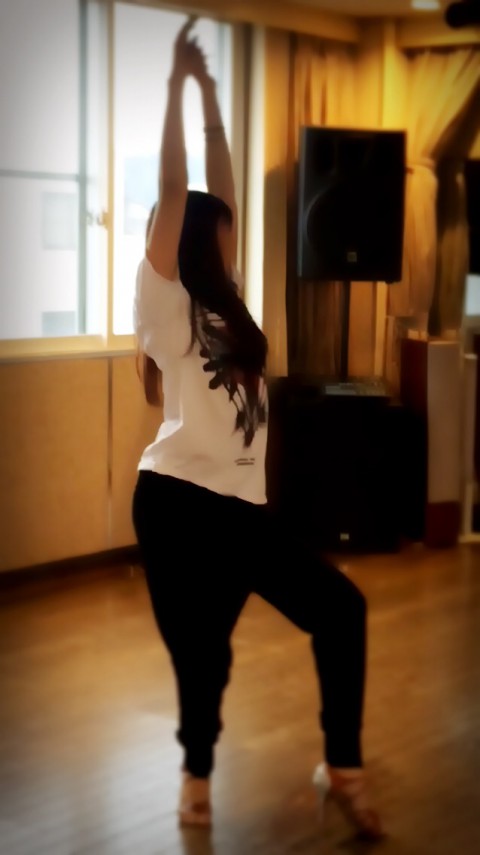Japanese Salsa Dancer / Kaku / At Salsa Lab
2016.02.03
I visited “Salsa Lab” in Fukui City.
It is located in the central part of Fukui city,
about 10mins walk from JR Fukui station.
It was established in 1999. This is the only and the best salsa studio in Fukui.
Not only Japanese people come, but many foreigners also visit here as well.
The owner of this studio can speak English so everyone can relax and enjoy
without worrying about not being able to communicate.
Besides the dance lessons and salsa parties,
there are music live shows, dance performances and so on.
At almost every weekend, he has salsa parties
and salsa dance lessons which are taught by many great experienced instructors.
Moreover, in every summer, there is a party at the beach on a large scale
and many people from all over Japan come.
Therefore Salsa Lab now, represents not only the salsa of Fukui
but it also represents the salsa of Hokuriku region.

Salsa Lab is also definately taking an important role in salsa culture in Japan as well.
It is becoming well known more and more every year.
Because of the owner's personality which is kind, friendly and fun,
and the steady effort of his supporters,
many top salsa dancers have come to Fukui and performed in last 16 years,
from all over the world including Kyoto, Tokyo, Osaka, New York City, Australia and so on.
Ms. Kaku is one of them. She performs all over in Japan.
She is now becoming a Japan’s favorite salsa dancer.
I got to take her lesson, a video and interviewed her.
My first impressions about her were charming, beautiful, pretty and stylish.
Lesson for the day, she taught us “shines”
in which dancers use fancy footwork and body actions, and dance in separation.
As soon as the lesson began, everyone’s concentration went up.
The atmosphere became tense but yet full of excitement.
It was similar to the feeling that you are about get into a ride in the amusement park.
Shortly after 3 hours of teaching dance lessons, her solo dance shoot was started.
Even though she had just taught many students for 3 hours in a row,
she was still being energetic. She danced beautifully.

I could never imagine how energetic and powerful she can be, with her pretty appearance.
Stay tuned for her lesson and solo movies.
Please see below for more informaion.
<Salsa Lab>
Address: 2-24-2 Toyoshima, Fukui City, Fukui Prefecture, Japan
<Kaku>
T.F



